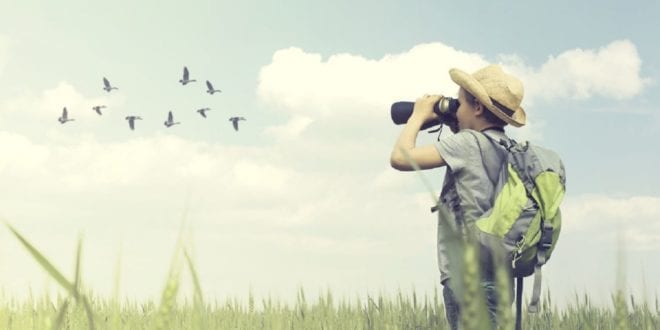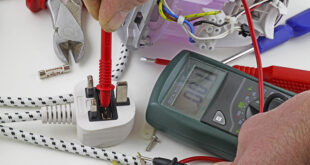Birdwatching involves staying in nature with high mental and physical activity, as well as love for the birds and the nature they are in. By acquiring the knowledge and skills required by birdwatching, awareness and the need for a healthy environment develop.
Millions of birdwatchers around the world travel to search for preserved habitats and places with many species. They represent a powerfully organized movement of ecotourists who in many developing countries significantly assist and encourage the sustainable development of local communities and the protection of nature and living world.
Watch them as often as you can. The more time you devote to them, the faster you will get to know them. Try to identify each one you see, but do not get upset when you fail to do so, and even the experienced do not always succeed. Try it though, and over time you will succeed. Start by getting to know the common types of your area. The better you know them, the easier it is to spot/identify the others.
Where to start watching?
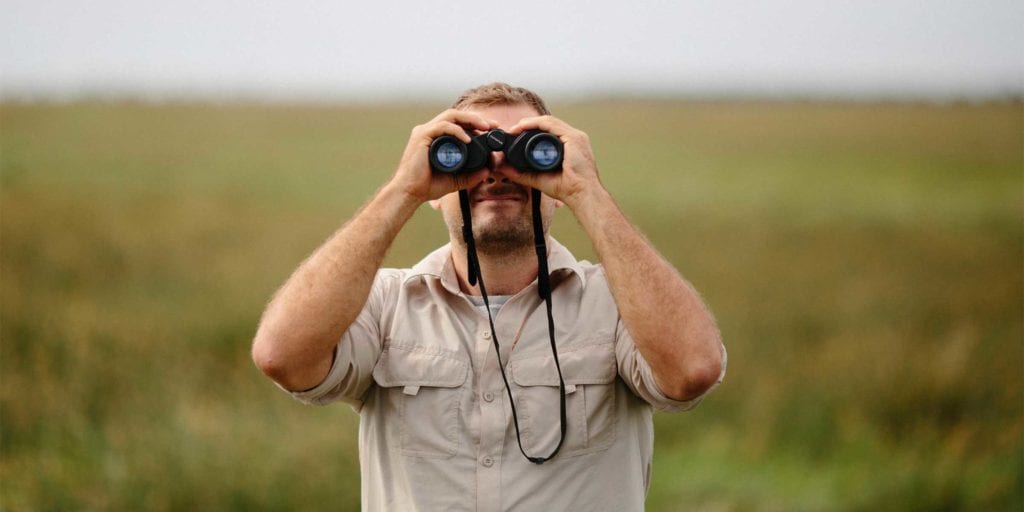
The answer is simple – in your area.
A person who knows birds in their area will be much more willing to travel elsewhere to search for lesser-known or less noticeable species. Do you know the types of permanent tenants around your house? What are some species that overflow and look like they never land, maybe on the way to a nearby lake or swamp? What migratory birds fly during their seasonal travels near your homes?
Some may take a break near your house to rest. Passionate bird watchers in some areas have identified more than 210 species in their own backyard! It will be interesting and instructive to note the dates each year when you see some species for the first and last time.
Identification
The bottom line is identification in the field, ie. the ability to accurately determine species by observing/listening in nature. Species are determined by appearance, song/voting, behavior, and habitat in which you see it (nevertheless, remember that they have wings and know that they will emerge where no one would expect them).
Four factors are essential for proper identification, which are.
Appearance
The structure and size of the body is something that requires at least a grain of experience to be noticed and described as such, but the question ‘how the bird was built’ is crucial to accurately determine the species.
The shape of the beak shows how it eats. The structure of the legs speaks of a way of life and therefore of a species. And then the color of the feathers is also important. It is usually not important to remember the complete color layout, it is enough to know the key features, the so-called ‘characters’
Song and voice
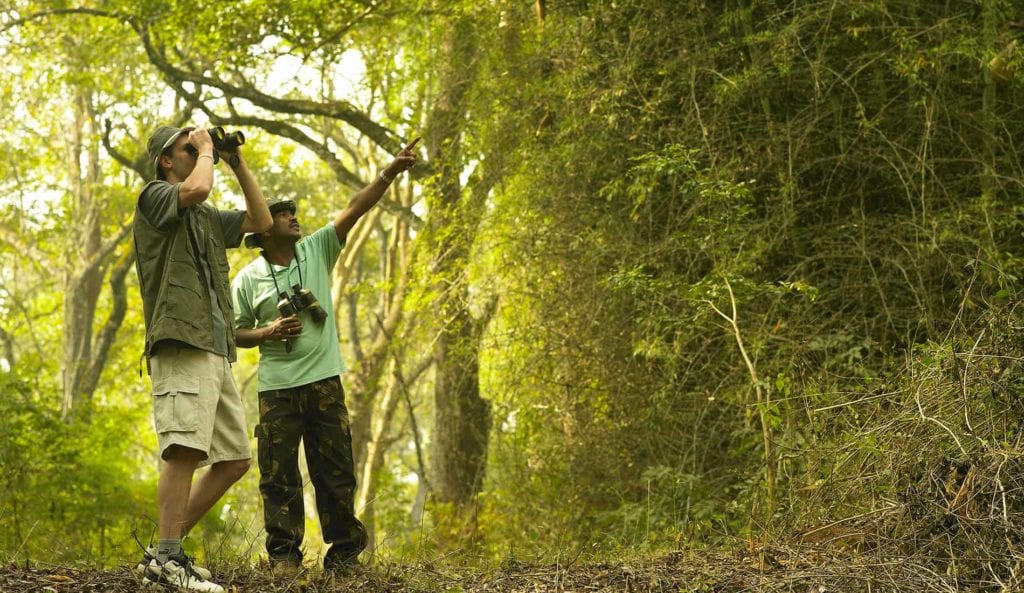
Experienced birdwatchers will be known to most of the little singers for the song, though they may not see it at all. The role of the song is to defend the territory against the rival male and to attract the female and strengthen the bond within the couple.
The song peaks during spring dawn and a stroll through the woods or fields at the time promises a real concert. If you cannot determine the species by ear, follow the song to locate them for visual identification.
Activity
What is it doing right now? The search for food? Is it hunting in the air, is it lurking off a branch, is it looking for it on the bark of the tree or below it, on the ground, on the surface of the water or diving after it? Such and many more activities speak about the species.
Habitat
In what habitat was the bird observed? In the plain, hillside or high in the mountain (do you know the altitude, approximately)? Was it on the water (sea, river, lake, swamp?), On a sandy or pebble beach, on a muddy coast?
In reeds or shrubs, in a meadow or in a freshly patterned field, in a hedge, sandstone, forest (deciduous, coniferous, mixed, rare, dense?)? Or on the grass, the karst, the cliff, or the scree beneath it, high-mountain pastures.
Although you have the knowledge, without the equipment it is impossible to engage in this hobby, so we will present to you the 5 most important items you need to have…
1. Binoculars 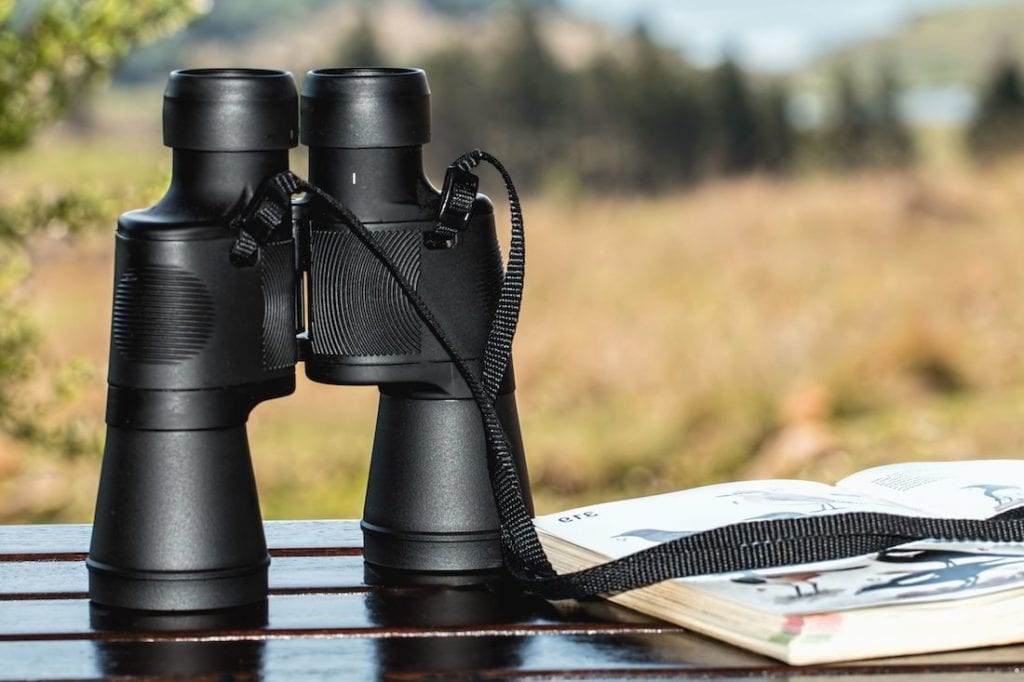
The first and most basic thing you need is binoculars. The basic specification for binoculars is determined by two digits, e.g. 8×30 or 10×40. The first number indicates the magnification and the second diameter of the front lenses expressed in millimeters.
A magnification of 10x means that you can see it 100 meters away from you, in theory, as if it were only 10 meters away. In practice, with increasing magnification, depth of field decreases – the area between the closest and farthest points between which the image is sharp enough (so you have to turn the focus wheel more often, and they will not always wait for you), and then the field of vision decreases (which makes it difficult bird localization), and is usually reduced by the smallest proximity to which the image can be sharpened.
In contrast, a smaller magnification usually brings a clearer picture and a wider field of view. The quality of the optics, expressed in sharpness and brightness of the image, is more important than magnification. Take a good look at binoculars in the market, and you can find out more at targetfrog.com
2. Field guide
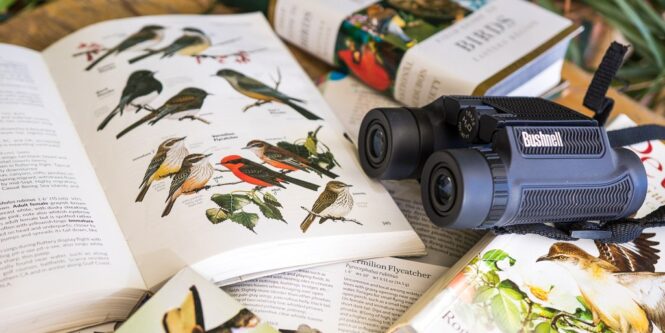
Choosing a field guide is always a matter of dialogue and disagreement between birdwatchers as there is something for everyone. The field guides will be the basic reference to learn about the diversity of species that exist in the region that you decide to explore; they will also allow you to learn how to divide between species that in principle might seem same.
There may come a time when you do not need to consult field guides for each species you observe, but it is certainly an indispensable item when you starting.
3. Camera

It is not indispensable but it is useful to support your records when you do not know at the moment what species it is. Many birdwatchers also share a love for nature photography or the simple taste of portraying birds and their surroundings.
4. Proper clothing
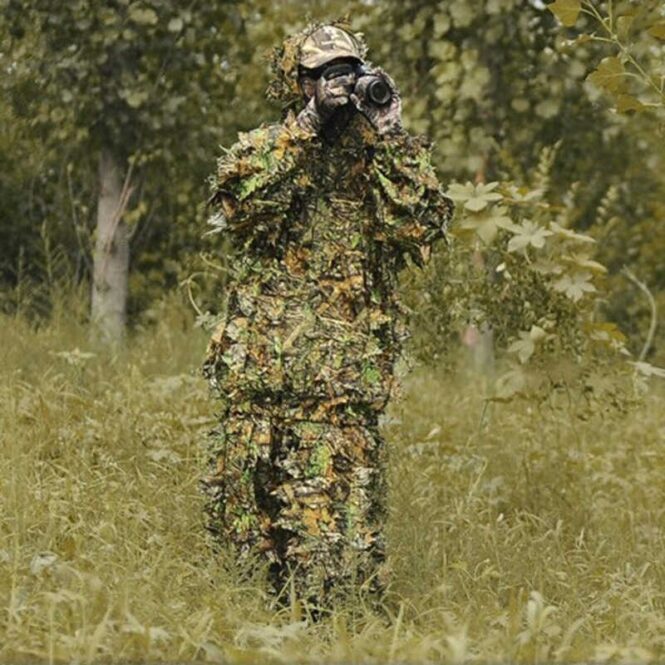
In general, it is advisable to dress in comfortable clothes and discreet colors so you can move easily and do not scare them with bright colors. The clothing will depend entirely on the environment where you decide to bluff being that in the mountains you prefer to wear jackets that protect you from the cold and in open and hot areas wear a cotton cap and shirts to protect yourself from the sun.
5. Comfortable footwear
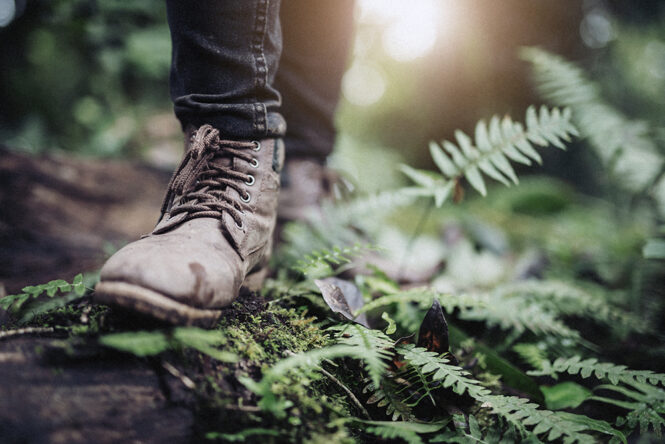
As this hobby involves a lot of walking and hiking, you need comfortable footwear. It is advisable to be deeper to prevent ankle injury. Also best to be waterproof. You never know where the path will take you.
Conclusion
No one can say in advance what unexpected revelations await you. One thing is for sure, they will never disappoint you. Just be patient.
 Imagup General Magazine 2024
Imagup General Magazine 2024
